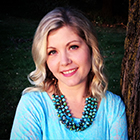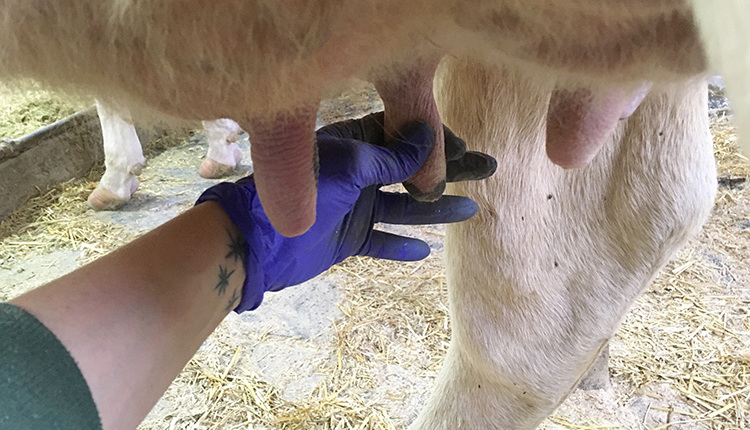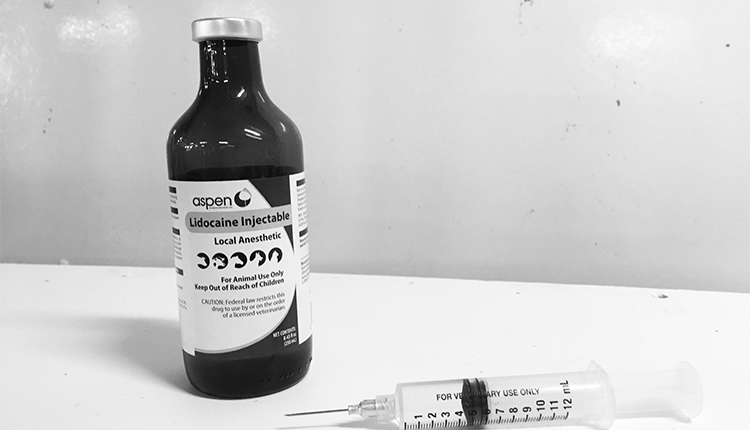
Like other dairy farmers who enjoy showing cows, we develop special relationships with our show cows. They're the ones who always want their heads scratched or come find us in the pen or the pasture. We give all of our cows the same love and attention, but show cows get a little more affection.
So I didn't take it well when Glen, my husband, told me that Wiggle had pinged with a displaced abomasum. Wiggle has done better in the showring than any other cow we've bred. She also comes from one of the top production families in our herd.
"Oh no," I said out loud, as my heart sank.
"No, this is OK," Glen replied.
For a second, I thought my hubby wasn't thinking straight. "When is a DA ever OK?" I thought to myself.
Before I could question his soundness of mind, he explained:
"I've been wanting to try a roll and toggle, so we're going to turn this into an opportunity."
Many in farming circles know that DAs are farmer lingo for displaced abomasum. The abomasum typically lies on the floor of the abdominal cavity. However, when the abomasum becomes filled with gas, it rises to the top of the abdominal cavity and becomes displaced. Without intervention, the digestive track shuts down and the cow eventually dies.
A couple months ago, we were visiting with our neighbor and the topic of DAs came up. Our neighbor said they haven't done a DA surgery in years; they correct all DAs using the roll and toggle technique.
At first, we were surprised. We work with the same veterinary clinic as that farm and didn't even know roll and toggle corrections were an option. We have always corrected DAs surgically.
Then, we were intrigued. The prospect of correcting DAs without surgery appealed to us for several reasons. One of them being that less intervention to correct a problem is better than more intervention for a cow's well-being.
Wiggle was a good candidate for our first roll and toggle mostly because she's halter broke. We could easily walk her from the barn to the bedded area outside where we rolled her. Two other factors also contributed to the decision: Wiggle is a young cow in early lactation; and our veterinarian had another veterinarian riding along with him that day, so we had extra help available for casting and rolling.
The roll and toggle went well. In fact, it was quite an experience to see the procedure for the first time. Even the casting was new for us. By the time Wiggle was back on her feet, we had learned a lot.
Even better, Wiggle was back to 100 percent by the next night.
The experience reminded me of a few important farming axioms. Successful dairy farming requires the ability to see opportunity amidst adversity, the willingness to try new methods, and the commitment to never stop learning, especially when it comes to animal care.

The author is a dairy farmer and writer from central Minnesota. She farms with her husband, Glen, and their three children. Sadie grew up on a dairy farm in northern Minnesota and graduated from the University of Minnesota with a degree in agricultural communications and marketing. She also blogs at Dairy Good Life.








